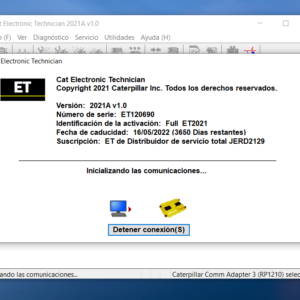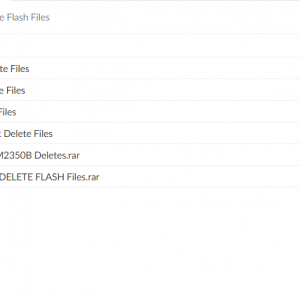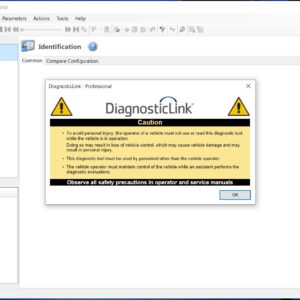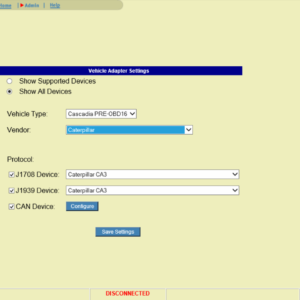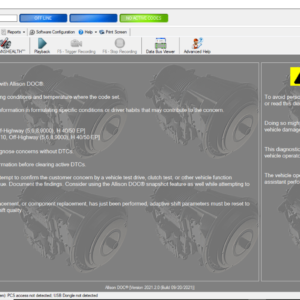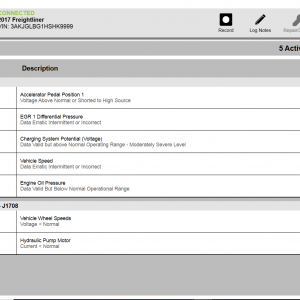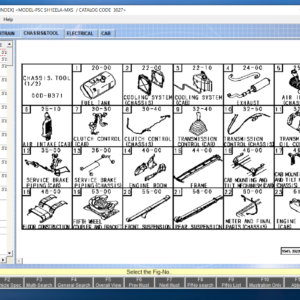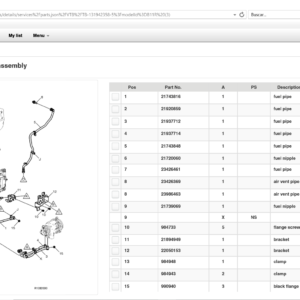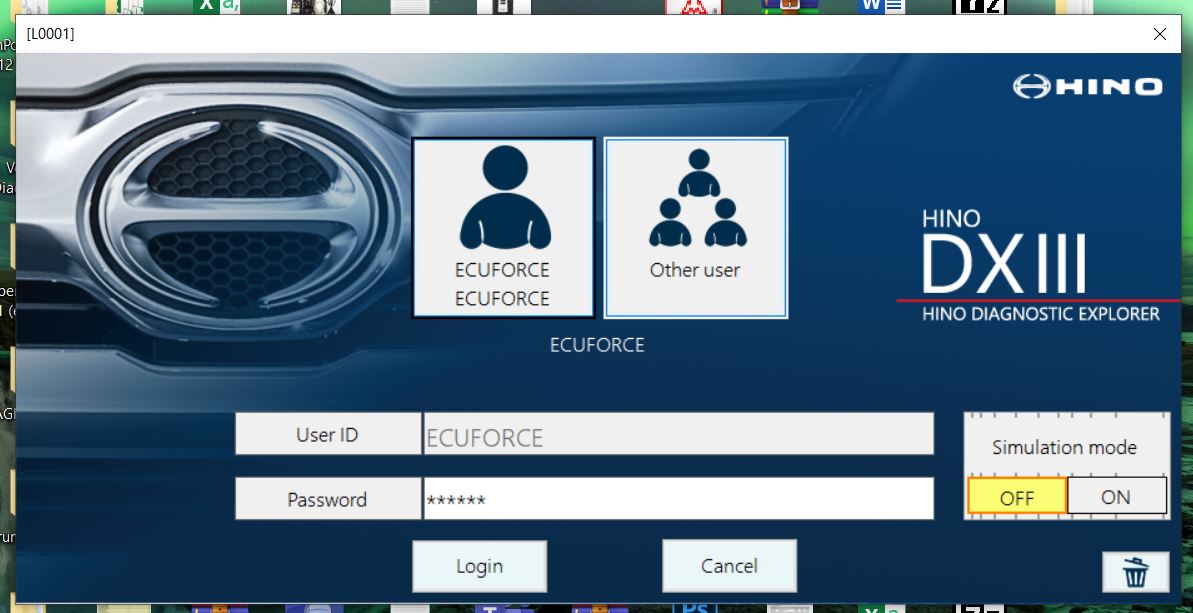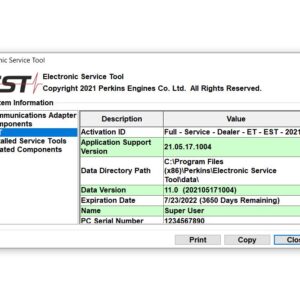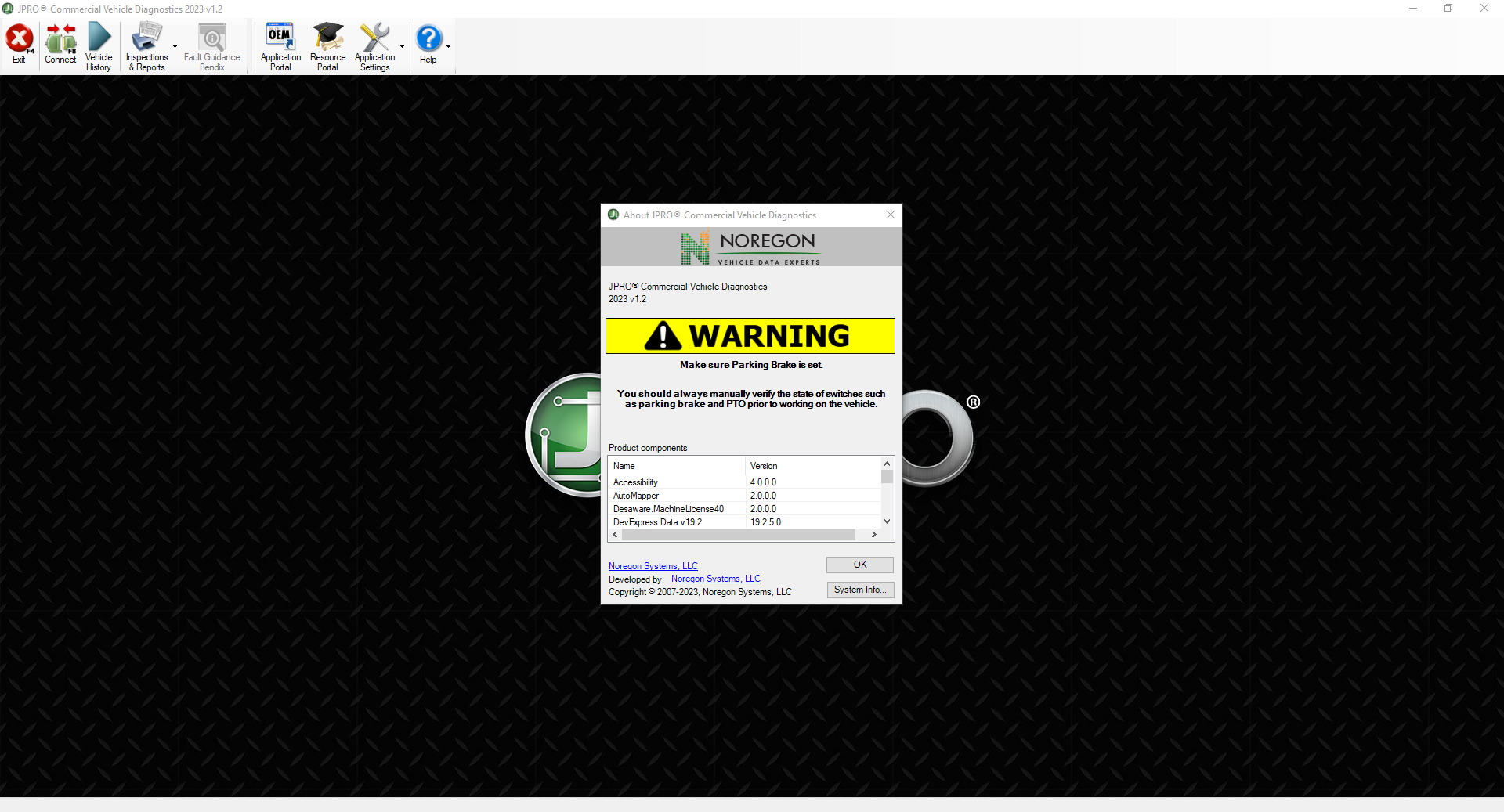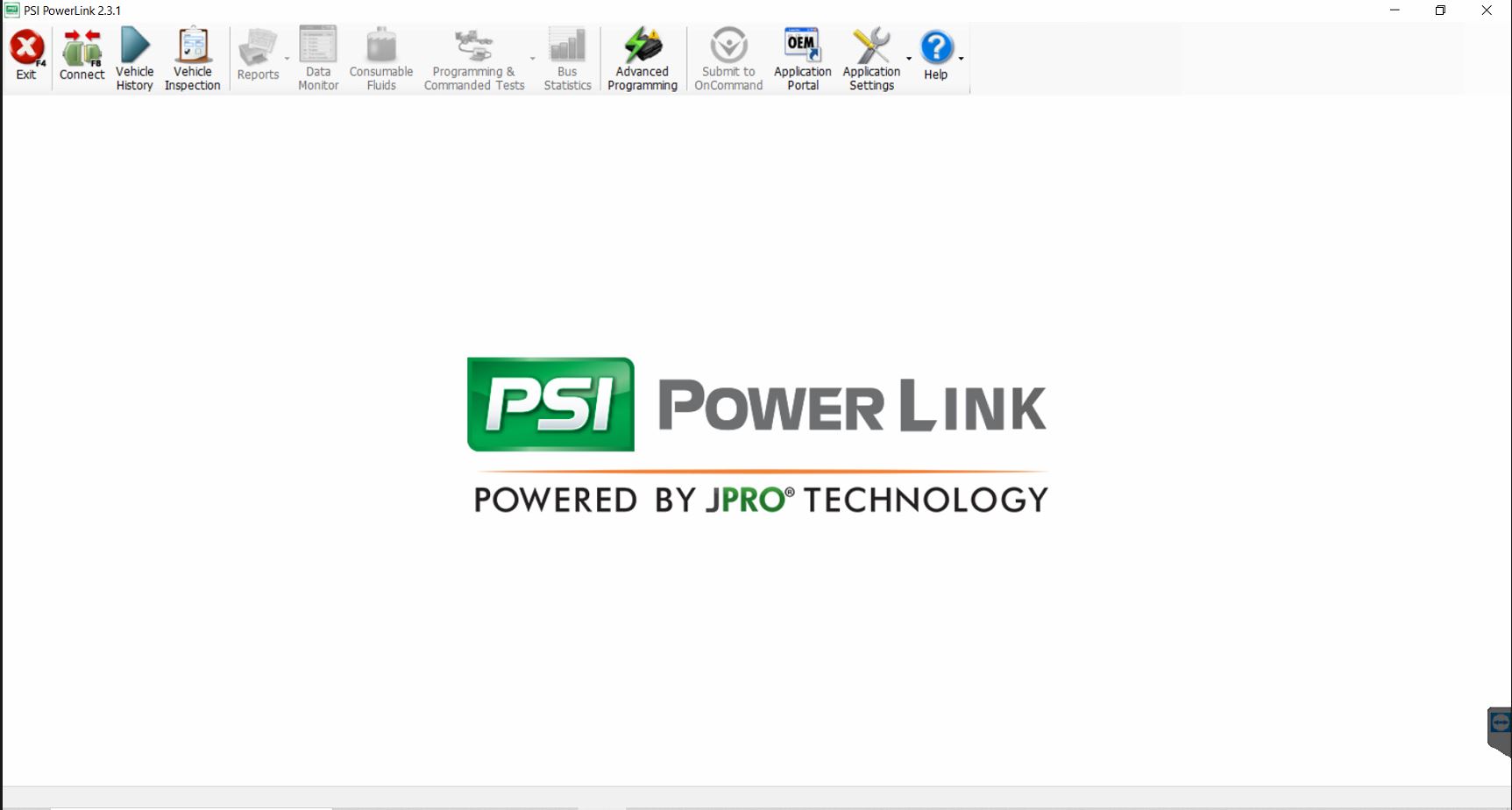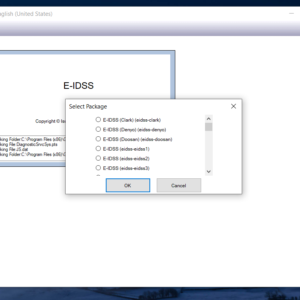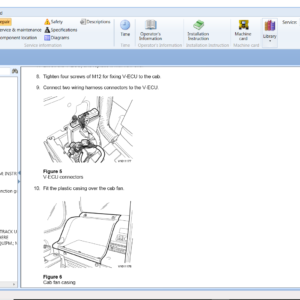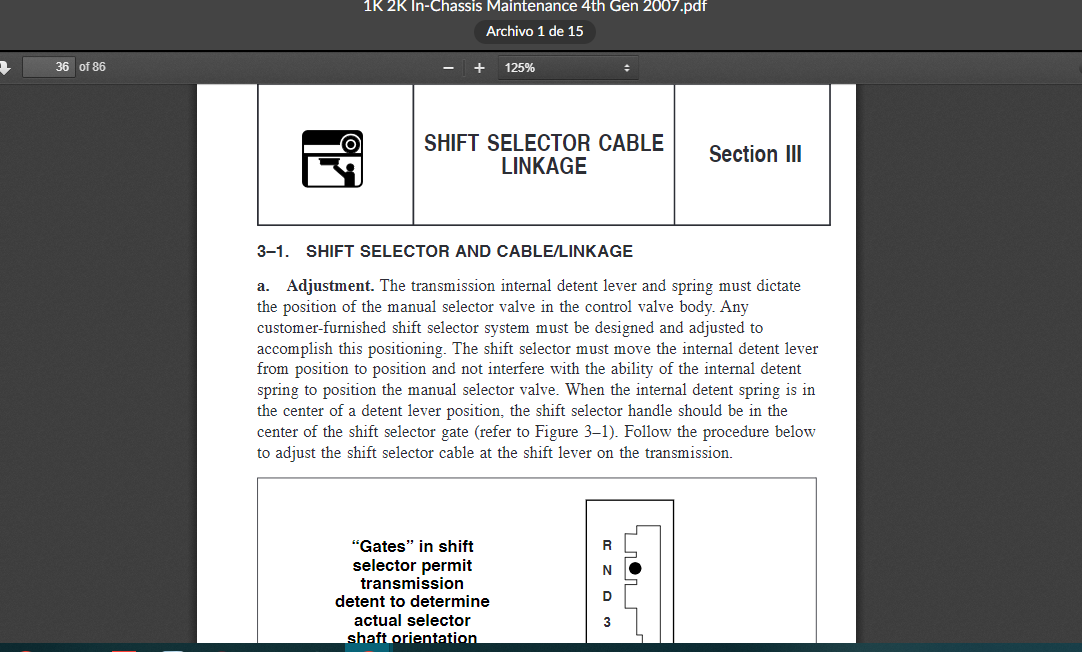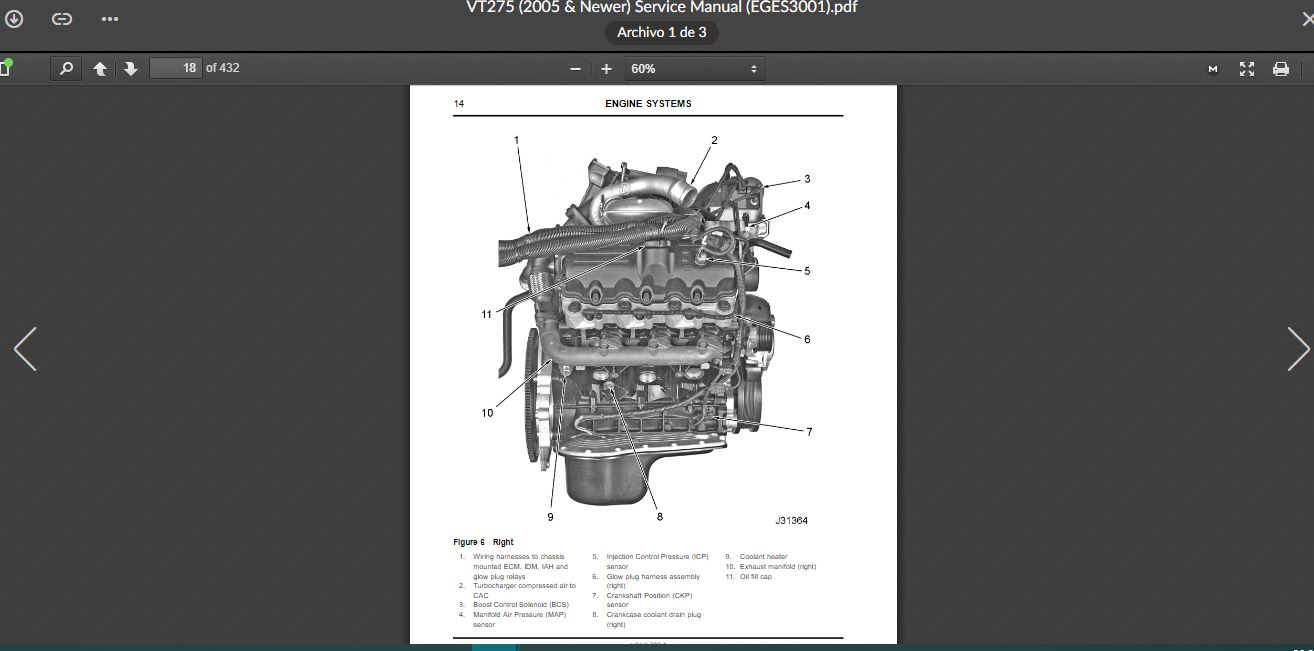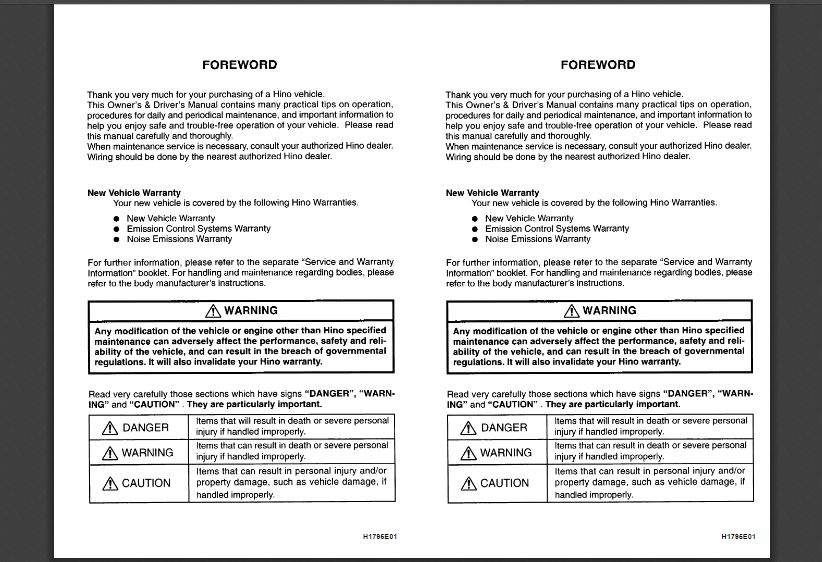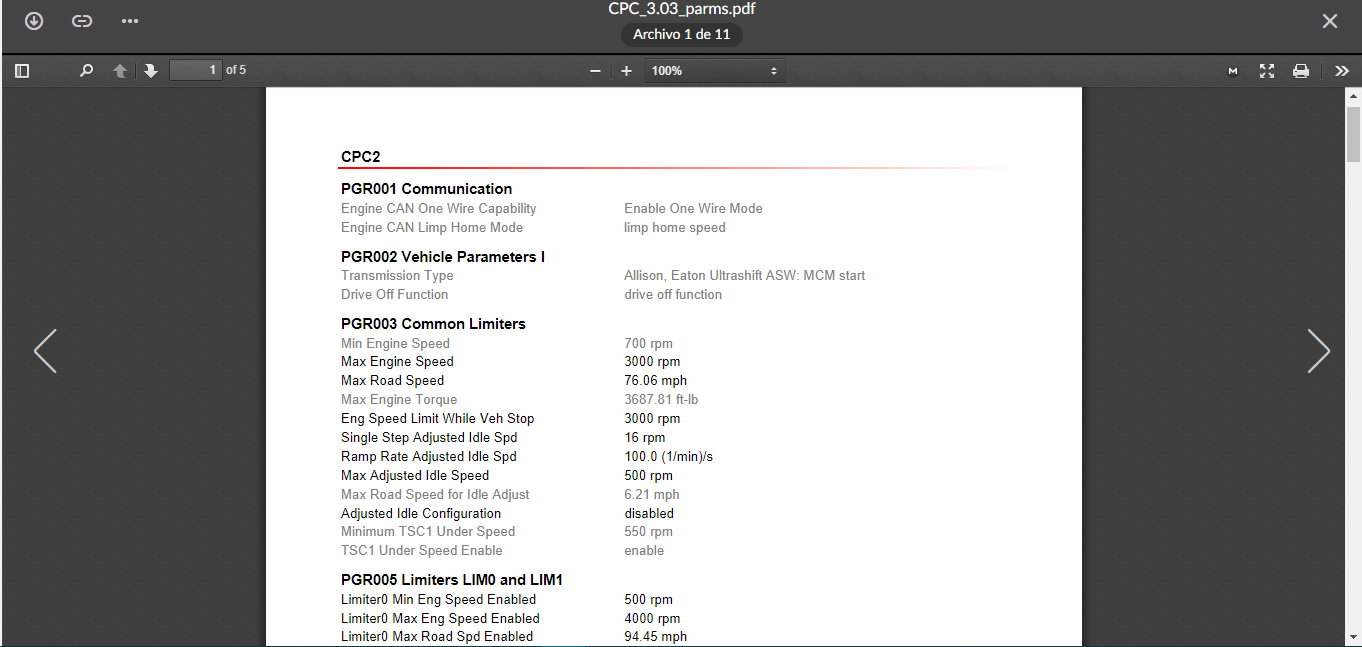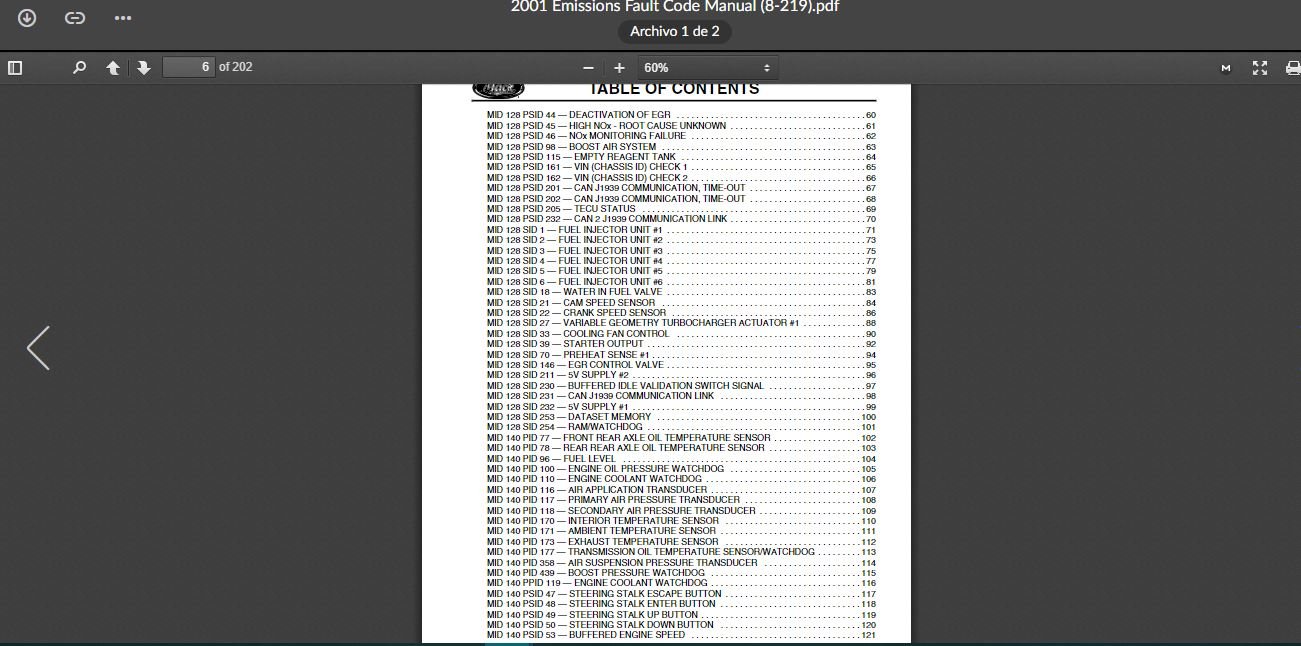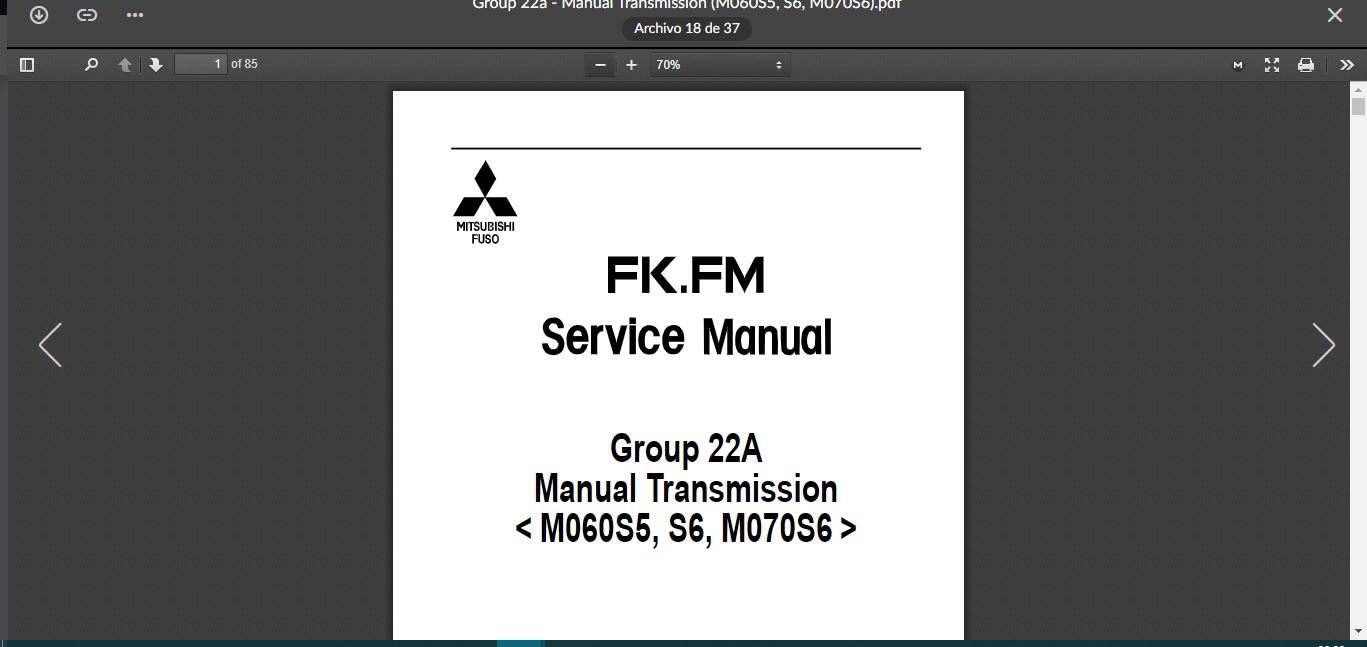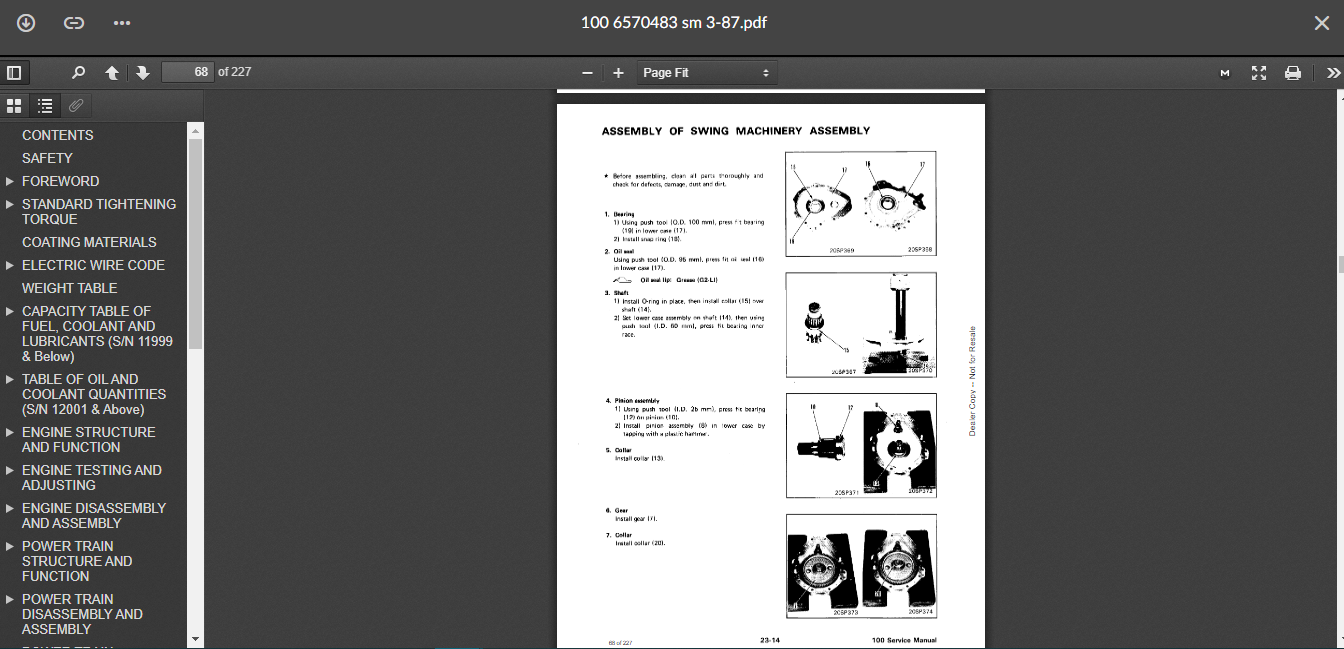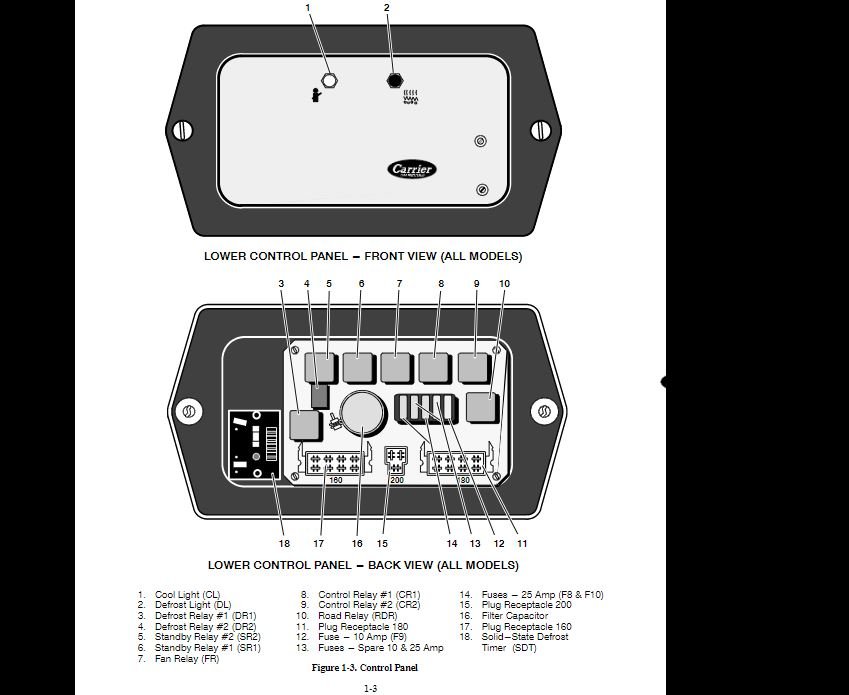Cummins ISB4.5 CM2150 Fault Code: 3382 PID: SPN: 3058 FMI: 18 Engine Exhaust Gas Recirculation System – Data Valid But Below Normal Operating Range – Moderately Severe Level.
Circuit Description
The engine control module (ECM) uses the EGR differential pressure sensor reading to determine how much exhaust gas is flowing through the EGR connection tube to the intake manifold. The EGR differential pressure sensor measures the pressure drop across the EGR differential pressure orifice using two exhaust ports. The sensor outputs a voltage, which represents the pressure difference between the two ports, and the ECM correlates that voltage to an EGR flow rate. This information is used to control the EGR valve for correct emission levels.
The ECM provides a 5 volt supply to the EGR differential pressure sensor on the sensor supply circuit. The ECM also provides a ground on the sensor return circuit. The EGR differential pressure sensor provides a signal to the ECM on the EGR differential pressure sensor signal circuit. This sensor signal voltage changes, based on the differential pressure in the EGR crossover tube.
Component Location
The EGR differential pressure sensor is located near the fuel inlet to the integrated fuel system module. A high EGR differential pressure tube and a low EGR differential pressure tube extend from the EGR differential pressure orifice and connect to the EGR differential pressure sensor. The high EGR differential pressure tube connects to the EGR connection tube rearward of the EGR differential pressure orifice and connects to the front port of the EGR differential pressure sensor. The low EGR differential pressure tube connects to the EGR connection tube frontward of the EGR differential pressure orifice and connects to the rear port of the EGR differential pressure sensor.
Conditions for Running the Diagnostics
This diagnosic runs when the engine is operating and the engine is commanding EGR flow. The EGR valve position can be monitored using the INSITE™ electronic service tool.
Conditions for Setting the Fault Codes
The ECM determines that the actual EGR flow is lower than what is being commanded based on the current engine operating conditions.
Action Taken When the Fault Code is Active
-The ECM illuminates the amber CHECK ENGINE lamp and/or MIL immediately when the diagnostic runs and fails for two consecutive drive cycles.
Conditions for Clearing the Fault Code
-To validate the repair, start and operate the engine for at least 5 minutes. The vehicle may need to be driven for a short distance so that enough EGR flow is being commanded to perform the diagnostic.
-The fault code status displayed by the INSITE™ electronic service tool will change to INACTIVE immediately after the diagnostic runs and passes.
-The ECM will turn off the amber CHECK ENGINE lamp after the diagnostic runs and passes.
-For OBD engines, the ECM will turn off the MIL after 3 consecutive trips where the diagnostic runs and passes.
-The “Reset All Faults” command in the INSITE™ electronic service tool can be used to clear active and inactive faults, as well as extinguish the MIL for OBD applications.
Possible Causes
-Leaks or restrictions in the EGR flow plumbing
-Internally leaking EGR valve
-Stuck closed EGR valve
-Malfunctioning EGR differential pressure sensor.
Related
-
CAT ET 2021A (Caterpillar Electronic Technician) + Factory Password (1 PC )
CAT $65.00Rated 0 out of 5 -
DPF EGR SCR BAC ERG Delete & Flash CAAT Cummings Detroit Dodge Mack Volvo Collection of DELETE files
CAT $200.00Rated 0 out of 5 -
DETROIT DDDL 8.14 SP3 – Detroit Diesel Diagnostic Link 8.14 SP3 2021 ( 1PC )
Detroit $73.00Rated 0 out of 5 -
download MANCATS II v14.01 2014 Diagnostic software MAN CATS ( virtual machine )
MAN $75.00Rated 0 out of 5
-
Volvo Impact 2021 Trucks & Buses 06.2021 DVD 9116 Spare Parts Catalog
Trucks software $55.00Rated 0 out of 5 -
CAT Engine Reprogramming Tool for flash programming C1.8, C2.4, C3.8 & C3.3B + Guide
CAT $50.00Rated 0 out of 5 -
Volvo PROSIS Offline 2019 Parts Catalog Installation Service
Trucks software $45.00Rated 0 out of 5
Related products
-
Allison 1000 & 2000 Gen 4 Fault Codes: U2104 CAN Bus Reset Counter Overrun
1000 & 2000 Gen 4 $50.00Rated 0 out of 5 -
Allison 1000 & 2000 Gen 4 Fault Codes: U0031 J1850 (Class 2) Serial Data Communication Link Low
1000 & 2000 Gen 4 $50.00Rated 0 out of 5 -
Allison 1000 & 2000 Gen 4 Fault Codes: P2810 Solenoid G Electrical
1000 & 2000 Gen 4 $50.00Rated 0 out of 5 -
Allison 1000 & 2000 Gen 4 Fault Codes: U2105 CAN Bus ECM Error
1000 & 2000 Gen 4 $50.00Rated 0 out of 5 -
Allison 1000 & 2000 Gen 4 Fault Codes: U1301 J1850 (Class 2) Serial Data Communication Link Low
1000 & 2000 Gen 4 $50.00Rated 0 out of 5 -
Allison 1000 & 2000 Gen 4 Fault Codes: U0073 CAN Bus Reset Counter Overrun
1000 & 2000 Gen 4 $50.00Rated 0 out of 5 -
Allison 1000 & 2000 Gen 4 Fault Codes: P0880 TCM Supply Voltage
1000 & 2000 Gen 4 $50.00Rated 0 out of 5 -
Allison 1000 & 2000 Gen 4 Fault Codes: P1891 Engine Throttle Position Sensor Pulse Width Modulation (PWM) Signal Low Input
1000 & 2000 Gen 4 $50.00Rated 0 out of 5 -
Allison 1000 & 2000 Gen 4 Fault Codes: P1779 Engine Torque Delivered To TCM Signal
1000 & 2000 Gen 4 $50.00Rated 0 out of 5 -
Allison 1000 & 2000 Gen 4 Fault Codes: P0848 Transmission Pressure Switch Solenoid D Circuit High
1000 & 2000 Gen 4 $50.00Rated 0 out of 5 -
Allison 1000 & 2000 Gen 4 Fault Codes: U0100 CAN Bus ECM Error
1000 & 2000 Gen 4 $50.00Rated 0 out of 5 -
Allison 1000 & 2000 Gen 4 Fault Codes: P0847 Transmission Pressure Switch Solenoid D Circuit Stuck Closed
1000 & 2000 Gen 4 $50.00Rated 0 out of 5 -
Allison 1000 & 2000 Gen 4 Fault Codes: P0875 Transmission Reverse Pressure Switch Circuit Malfunction
1000 & 2000 Gen 4 $50.00Rated 0 out of 5
-
SERVICE MANUAL INTERNATIONAL ENGINE VT275 (2005 & Newer)
INTERNATIONAL ENGINES $27.00Rated 0 out of 5


